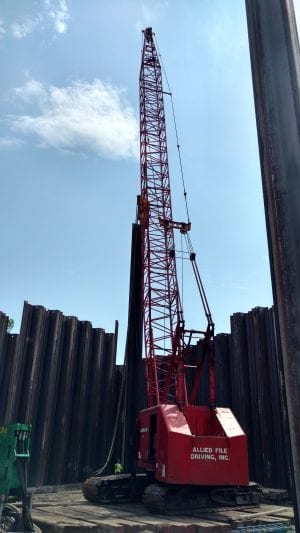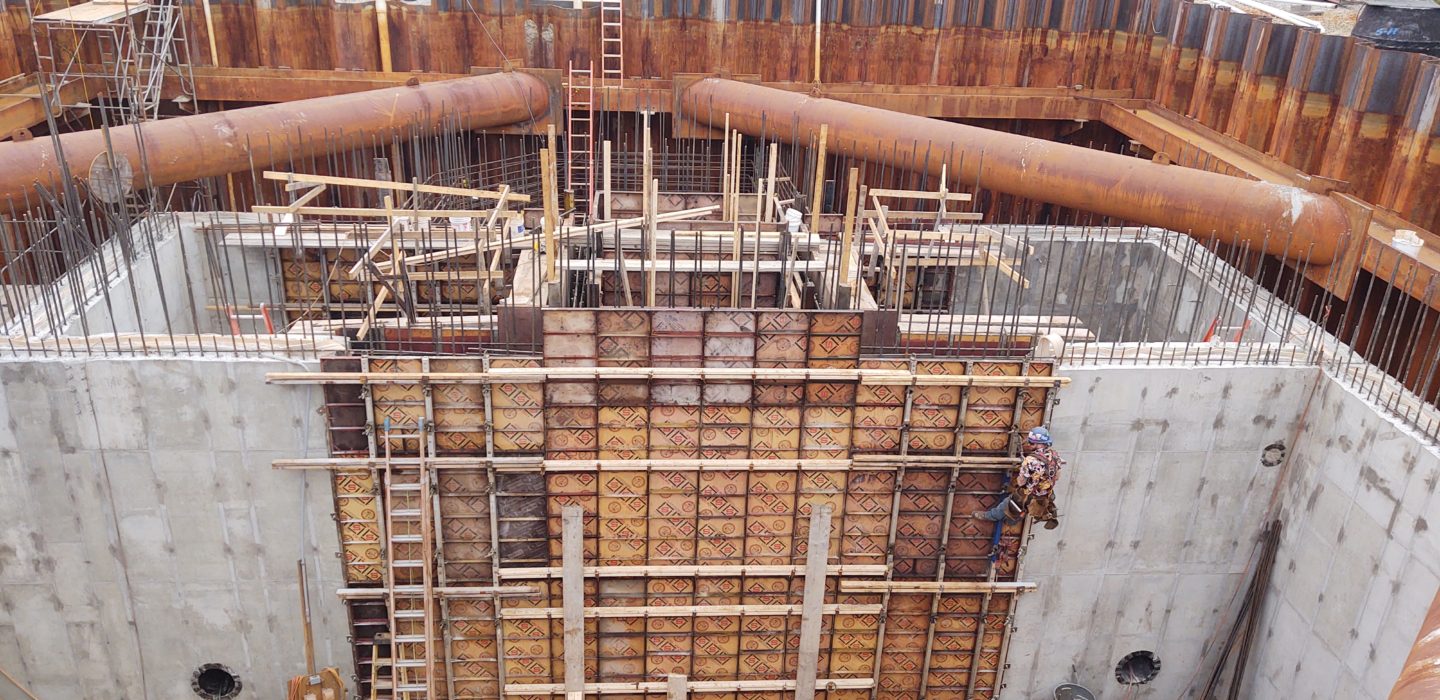Main Lift Pumping Station
Taunton, Massachusetts
 Beyond its useful life, the Main Lift Pumping station was plagued with function and reliability issues including poor access, pump clogging, wet well maintenance problems, and peak wet weather flow conditions that exceeded the capacity of the station, resulting in combined sewer overflow events. The property is also subject to flooding from the adjacent Taunton River, resulting in access issues and potential inundation from flood waters.
Beyond its useful life, the Main Lift Pumping station was plagued with function and reliability issues including poor access, pump clogging, wet well maintenance problems, and peak wet weather flow conditions that exceeded the capacity of the station, resulting in combined sewer overflow events. The property is also subject to flooding from the adjacent Taunton River, resulting in access issues and potential inundation from flood waters.
BETA specifically designed the pump station replacement with a focus on reliability and resiliency. A new pumping system will increase redundancy and the station’s wet well mixing system will reduce the potential for pump clogging. Maintaining the existing station to provide an additional 10 MGD pumping capacity to a future wet weather storage facility will provide temporary storage of peak wet weather flow.
With resiliency in mind, the new pumping station structure is positioned approximately 60 feet from the riverbank of the Taunton River, and existing ground elevations are below the 100-year floodplain elevation. Design features were developed consistent with updated TR-16 requirements as they relate to critical structure elevations and recommended heights above the 100-year flood plain. Other design elements that will improve the resiliency of the facility include:
- Structure elevations set at three feet above the 100-year floodplain
- Incorporation of dry-pit submersible pumps to allow operation in a flooded condition
- Improved facility access for operation and maintenance including elevated platforms and improved access road
- Provisions for off-site monitoring and control in the event access is an issue
- Electrical and control equipment elevated with the structure to 3 feet above the floodplain
- Elevated backup power supply equipment
- Off-site flood mitigation to limit on-site flood conditions
The station improvements are being completed as part of a larger City program to limit combined sewer overflow events and fortify existing infrastructure. The City, together with BETA and multiple contractors, has successfully reduced CSO events with sewer separation projects, improvements to multiple city pump stations, and rehabilitation of existing sewers and structures. The next phase of the project involves improvements at the WWTF including increasing facility capacity, provisions for wet weather storage, and resiliency elements to protect against floodwater conditions.




